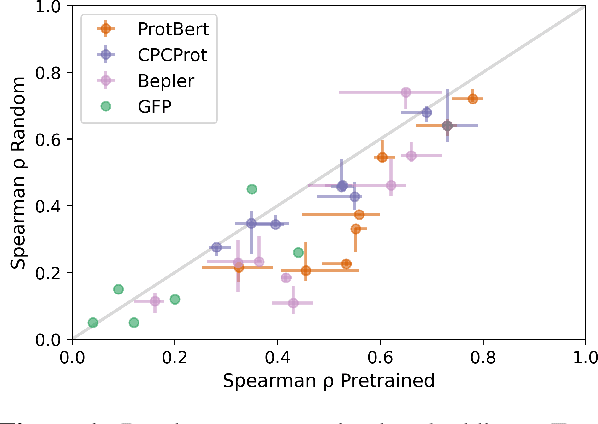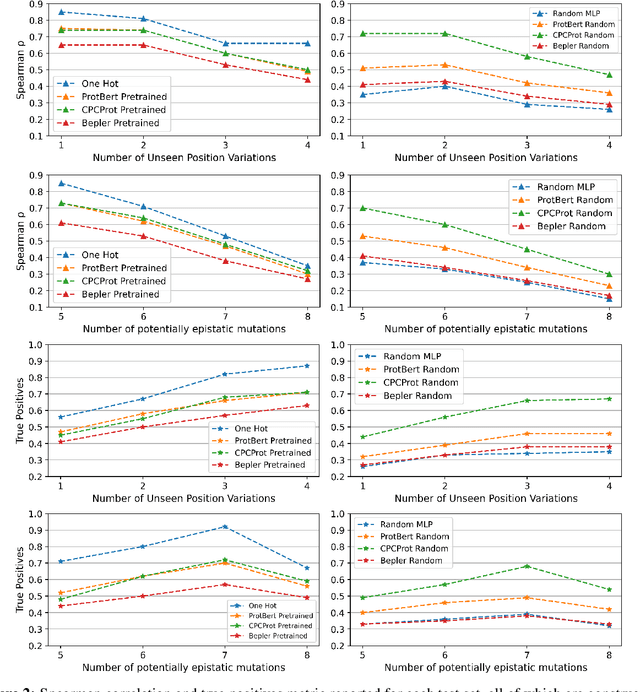Tianyu Lu
Doxing via the Lens: Revealing Privacy Leakage in Image Geolocation for Agentic Multi-Modal Large Reasoning Model
Apr 29, 2025Abstract:The increasing capabilities of agentic multi-modal large reasoning models, such as ChatGPT o3, have raised critical concerns regarding privacy leakage through inadvertent image geolocation. In this paper, we conduct the first systematic and controlled study on the potential privacy risks associated with visual reasoning abilities of ChatGPT o3. We manually collect and construct a dataset comprising 50 real-world images that feature individuals alongside privacy-relevant environmental elements, capturing realistic and sensitive scenarios for analysis. Our experimental evaluation reveals that ChatGPT o3 can predict user locations with high precision, achieving street-level accuracy (within one mile) in 60% of cases. Through analysis, we identify key visual cues, including street layout and front yard design, that significantly contribute to the model inference success. Additionally, targeted occlusion experiments demonstrate that masking critical features effectively mitigates geolocation accuracy, providing insights into potential defense mechanisms. Our findings highlight an urgent need for privacy-aware development for agentic multi-modal large reasoning models, particularly in applications involving private imagery.
Secret Key Generation for IRS-Assisted Multi-Antenna Systems: A Machine Learning-Based Approach
Apr 28, 2023



Abstract:Physical-layer key generation (PKG) based on wireless channels is a lightweight technique to establish secure keys between legitimate communication nodes. Recently, intelligent reflecting surfaces (IRSs) have been leveraged to enhance the performance of PKG in terms of secret key rate (SKR), as it can reconfigure the wireless propagation environment and introduce more channel randomness. In this paper, we investigate an IRS-assisted PKG system, taking into account the channel spatial correlation at both the base station (BS) and the IRS. Based on the considered system model, the closed-form expression of SKR is derived analytically considering correlated eavesdropping channels. Aiming to maximise the SKR, a joint design problem of the BS precoding matrix and the IRS phase shift vector is formulated. To address this high-dimensional non-convex optimisation problem, we propose a novel unsupervised deep neural network (DNN)-based algorithm with a simple structure. Different from most previous works that adopt iterative optimisation to solve the problem, the proposed DNN-based algorithm directly obtains the BS precoding and IRS phase shifts as the output of the DNN. Simulation results reveal that the proposed DNN-based algorithm outperforms the benchmark methods with regard to SKR.
Machine Learning-Based Secret Key Generation for IRS-assisted Multi-antenna Systems
Jan 19, 2023Abstract:Physical-layer key generation (PKG) based on wireless channels is a lightweight technique to establish secure keys between legitimate communication nodes. Recently, intelligent reflecting surfaces (IRSs) have been leveraged to enhance the performance of PKG in terms of secret key rate (SKR), as it can reconfigure the wireless propagation environment and introduce more channel randomness. In this paper, we investigate an IRS-assisted PKG system, taking into account the channel spatial correlation at both the base station (BS) and the IRS. Based on the considered system model, the closed form expression of SKR is derived analytically. Aiming to maximize the SKR, a joint design problem of the BS precoding matrix and the IRS reflecting coefficient vector is formulated. To address this high-dimensional non-convex optimization problem, we propose a novel unsupervised deep neural network (DNN) based algorithm with a simple structure. Different from most previous works that adopt the iterative optimization to solve the problem, the proposed DNN based algorithm directly obtains the BS precoding and IRS phase shifts as the output of the DNN. Simulation results reveal that the proposed DNN-based algorithm outperforms the benchmark methods with regard to SKR.
Random Embeddings and Linear Regression can Predict Protein Function
Apr 25, 2021



Abstract:Large self-supervised models pretrained on millions of protein sequences have recently gained popularity in generating embeddings of protein sequences for protein function prediction. However, the absence of random baselines makes it difficult to conclude whether pretraining has learned useful information for protein function prediction. Here we show that one-hot encoding and random embeddings, both of which do not require any pretraining, are strong baselines for protein function prediction across 14 diverse sequence-to-function tasks.
 Add to Chrome
Add to Chrome Add to Firefox
Add to Firefox Add to Edge
Add to Edge